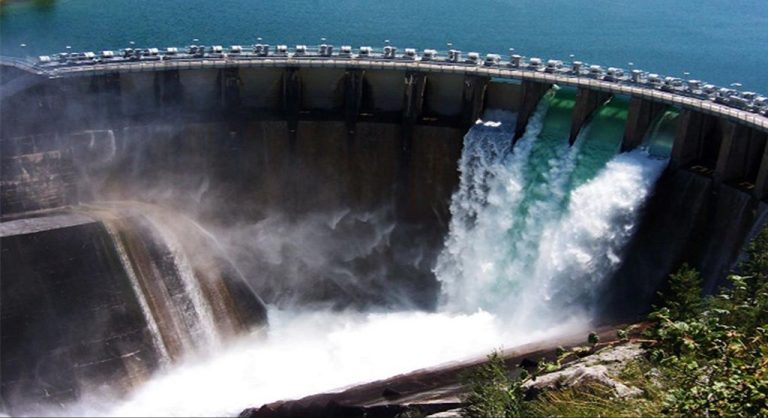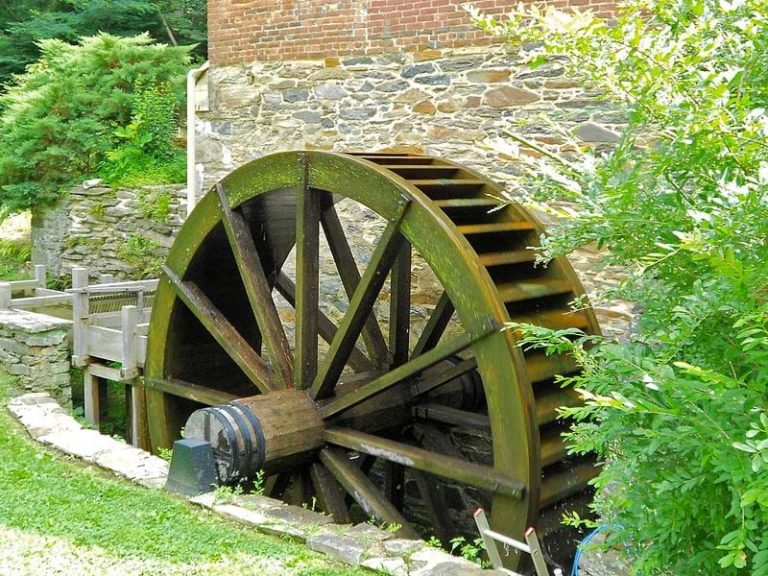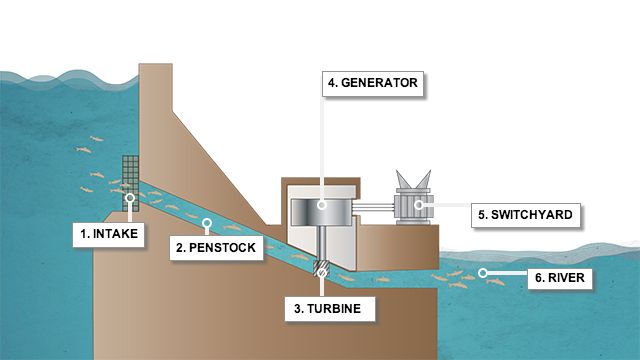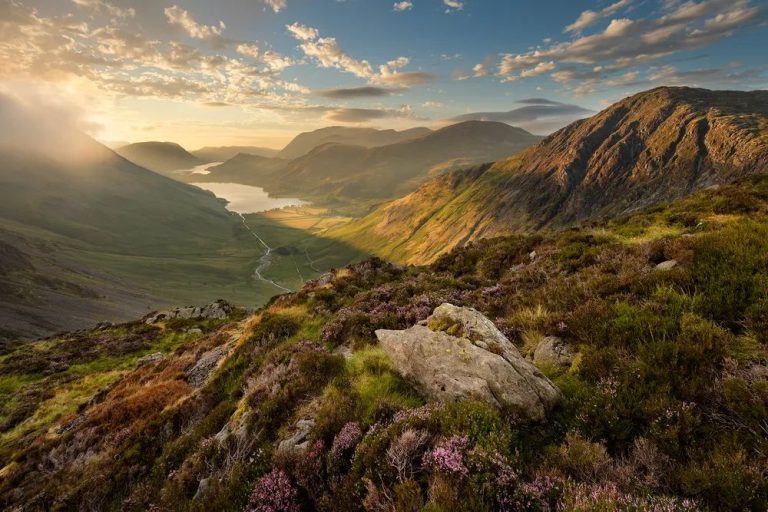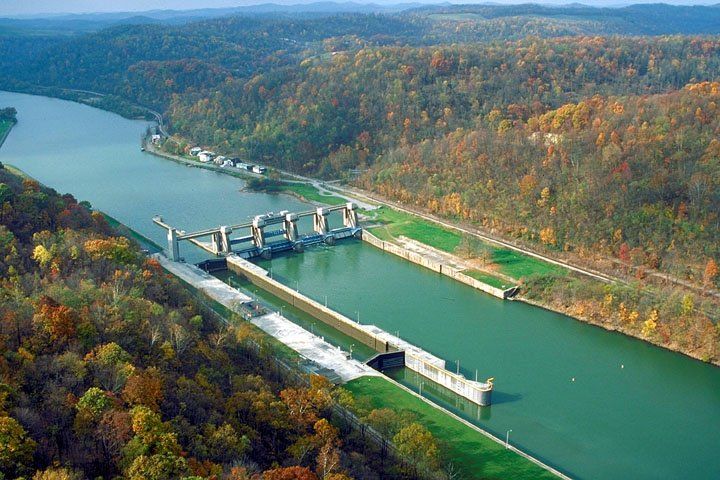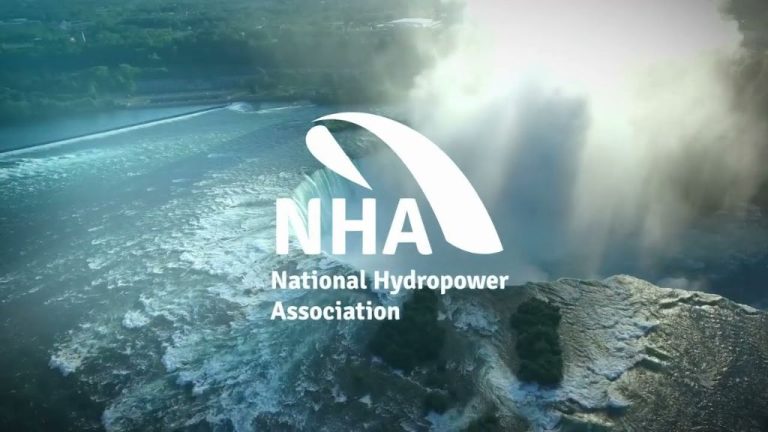What Is Conventional Hydropower?
What is Hydropower?
Hydropower, or hydroelectric power, refers to the process of generating electricity by harnessing the energy from flowing water. The force of moving water turns a turbine, which spins a generator to produce electricity.
The use of flowing water to generate energy dates back centuries, with early hydropower applications like waterwheels used for mechanical processes like grinding grain. The first known hydroelectric power plant was built in the late 1800s in Wisconsin to provide lighting. Since then, hydropower expanded rapidly across the world throughout the 20th century as a source of renewable electricity generation.
Today, hydropower is one of the largest sources of renewable energy worldwide, accounting for around 16% of global electricity generation. Major hydropower projects often utilize dams and reservoirs to control water flow and store energy potential.
Overall, the process of hydropower harnesses the natural movement of water to provide a sustainable and reliable source of renewable power.
How Conventional Hydropower Plants Work
Conventional hydropower plants work by damming a river and directing water through turbines. The dam stores river water in a reservoir and controls its flow. The water in the reservoir builds up potential energy from the dam’s height. Gates open at the dam to release water from the reservoir, which flows through pipes called penstocks towards the powerhouse.
The water strikes turbine blades in the powerhouse, making them spin. The moving turbine turns an electro-magnetic generator, which produces electricity. The faster the turbine blades spin, the more electricity is generated. After passing through the turbine, the water flows out of a tailrace into the downstream river.
The amount of electricity generated depends on the volume of water flow and the vertical distance or “head” the water falls. More flow and higher head produce greater water pressure to spin the turbines faster. Large hydropower systems with dams can generate hundreds of megawatts of power. The electricity is sent through transformers to increase voltage before being transmitted over the electric grid.
Sources:
https://www.twinkl.com/teaching-wiki/hydroelectricity
https://prepp.in/news/e-492-types-of-hydro-power-plant-environment-notes
Types of Hydropower Plants
There are three main types of hydropower plants: run-of-river, impoundment (reservoir), and pumped storage.
Run-of-river plants generate power from the natural flow of rivers and streams. They do not require large reservoirs for water storage. Run-of-river plants use the water flow to spin their turbines and generate electricity (Enel, n.d.).
Impoundment or reservoir plants utilize dams to store river water in a reservoir. The water is released through the dam to spin turbines and generate power as needed. These reservoirs ensure adequate water supply during dry seasons (Department of Energy, n.d.).
Pumped storage plants pump water from a lower reservoir to an upper reservoir when electricity demand is low. The stored water is later released to generate electricity during peak demand. Pumped storage provides a flexible way to store and generate power (Department of Energy, n.d.).
Capacity and Generation
Hydropower is one of the largest sources of renewable energy, accounting for over 16% of global electricity generation in 2021 according to the International Energy Agency (IEA) (source). As of 2022, global installed hydropower capacity reached approximately 1,310 gigawatts (GW), led by China, Brazil, Canada, the United States, and Russia as the top five countries (source).
In the United States, hydropower accounts for about 7% of total electricity generation and over 40% of renewable electricity generation as of 2020. According to the U.S. Energy Information Administration (EIA), the installed capacity for hydropower in the U.S. reached 80 GW in 2020, and generation totaled 260 billion kilowatthours. The top hydropower producing states are Washington, California, and Oregon (source).
Globally, hydropower generation is expected to increase by 17% or 230 GW between 2022 and 2030 according to IEA projections, led by growth in China and other emerging economies. However, growth in Europe and North America is expected to be modest as most viable hydropower resources have already been utilized (source).
Benefits of Hydropower
Hydropower offers several key benefits that make it an attractive renewable energy source. First, it is renewable – hydropower relies on the water cycle, which is continuously replenished by precipitation. This means hydropower can be generated indefinitely without depleting resources.
Hydropower also has relatively low operating and maintenance costs compared to other energy sources. The most significant costs are those associated with dam, turbine, and generator construction. But once built, the electricity generation process itself does not require fuel input and is fairly low cost.
In addition, hydropower is a very flexible and reliable form of electricity generation. The flow of water driving the turbines can be rapidly adjusted to meet moment-to-moment variations in energy demand. Hydropower plants provide grid operators with critical backup power during major electricity outages or disruptions from other energy sources. According to the U.S. Department of Energy, hydropower provides a greater amount of electricity grid flexibility than any other renewable energy technology.
Drawbacks and Environmental Impacts
While hydropower provides clean and renewable energy, the construction of large hydropower dams has several notable drawbacks and environmental impacts. Some of the main issues are:
Disrupting river ecosystems – Large dams greatly alter the natural flow of rivers, affecting downstream water quality, temperature, and sediment transport. This disrupts the river ecosystem and negatively impacts the spawning and migration patterns of many fish species (https://www.mdpi.com/2073-4441/13/3/265). Some estimates suggest the completion of mainstream Mekong dams could reduce migratory fish biomass by up to 40% (https://www.mdpi.com/2073-4441/13/3/265).
Flooding land for reservoirs – Constructing a hydropower dam and reservoir requires flooding large areas of land, which can displace human populations and have additional environmental consequences. Estimates suggest over 470,000 people have already been displaced by hydropower development in the Mekong River Basin (https://www.mdpi.com/2073-4441/13/3/265).
Blocking fish migration – Dams prevent many fish species from being able to migrate upstream to spawning grounds. Fish ladders and elevators are not always effective mitigation strategies. The lower Mekong basin has around 850 fish species, over 100 of which conduct long distance migrations that are impeded by mainstream dams (https://par.nsf.gov/servlets/purl/10288963).
Trends and Outlook
While hydropower growth has slowed in developed countries like the United States and Canada, it continues to expand in developing nations, especially in Asia. China has invested heavily in hydropower and now has over 352 GW of installed capacity, more than any other country (Source). Other top developing countries for new hydropower projects include Brazil, India, Vietnam, Turkey, and Ethiopia.
Large hydropower projects can provide an important source of electricity and economic development but also present environmental and social concerns. Developing best practices for mitigating impacts will be important as hydropower expands globally. There is also increased interest in upgrading existing hydropower infrastructure with more efficient, lower impact technology like advanced turbines and adding pumped storage capabilities at existing dams.
Major Hydropower Projects
Some of the largest hydropower installations in the world include:
The Three Gorges Dam in China is one of the world’s largest hydropower projects. Located on the Yangtze River, Three Gorges has a total capacity of 22,500 MW, making it the largest hydroelectric power station in the world by installed capacity. The dam is 7,661 feet long and 610 feet high. Construction on the project began in 1994 and was completed in 2012 at a total cost of over $26 billion (source).
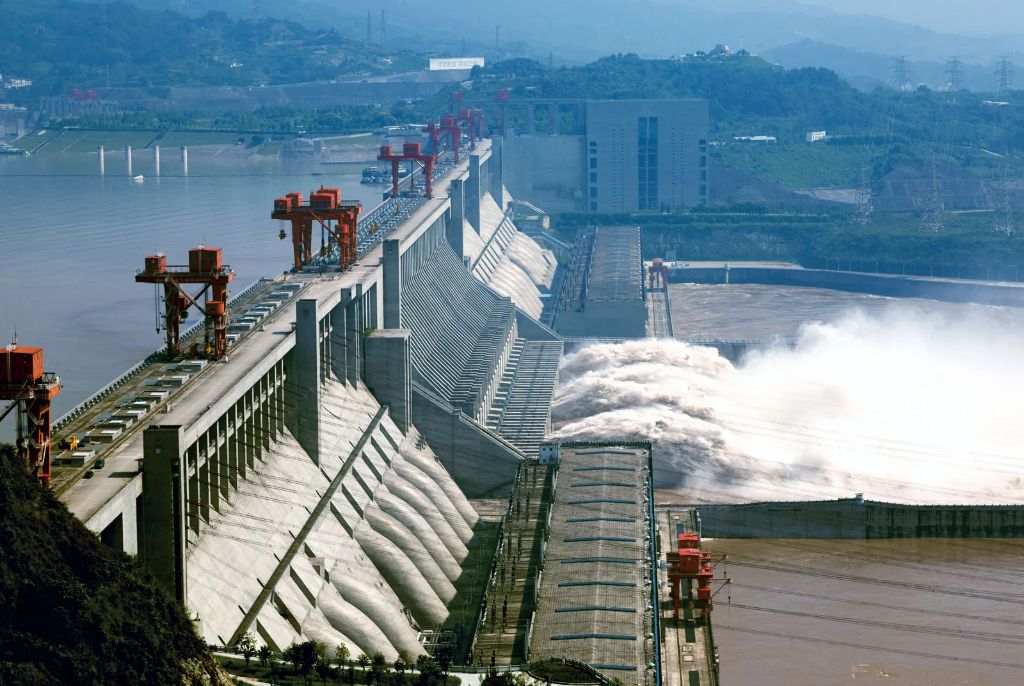
The Itaipu Dam on the Paraná River between Brazil and Paraguay is the second largest hydroelectric power station in the world with an installed capacity of 14,000 MW. The dam supplies 17% of Brazil’s electricity and 75% of Paraguay’s electricity needs (source).
The Guri Dam in Venezuela on the Caroni River has an installed capacity of 10,235 MW, making it one of the largest dams in the world. It provides around 73% of Venezuela’s electricity needs (source).
The Tucuruí Dam on the Tocantins River in Brazil has an installed capacity of 8,370 MW. When it was completed in 1984, it was the world’s fourth largest hydroelectric power station (source).
The Robert-Bourassa Dam in Quebec, Canada has an installed capacity of 5,616 MW and is one of the largest hydroelectric dams in North America (source).
Key Players
There are several major companies involved in conventional hydropower projects and technology globally. Some of the most significant ones include:
Voith Hydro (https://www.voith.com/corp-en/about-us.html) is a German engineering company that specializes in hydropower technology and equipment like turbines, generators, and digital solutions. They have installed over 48,000 hydropower units worldwide.
General Electric (https://www.ge.com/renewableenergy/hydro) is an American multinational company that manufactures hydropower turbines, generators, control systems and other technology. They have equipped around 25% of worldwide hydropower capacity.
Andritz Hydro (https://www.andritz.com/hydro) is an Austrian company that provides turbines, generators, pumps and other hydropower solutions globally. They have installed over 740 GW of total output for hydropower plants.
China Three Gorges Corporation (https://www.ctg.com.cn/en/index.php) is a Chinese state-owned hydropower company that operates the world’s largest hydropower project, the Three Gorges Dam. They generate over 100 TWh annually.
Future of Hydropower
Hydropower is expected to continue playing a major role in the renewable energy mix in the coming decades. According to the Hydropower Vision report by the Department of Energy, U.S. hydropower could grow from 101 GW of capacity in 2015 to nearly 150 GW by 2050.
New technologies and approaches are being developed to maximize hydropower’s contributions. For example, new modular and low-head hydropower technologies can expand development into areas not previously viable. Upgrades and optimizations at existing facilities can also boost output. The DOE report estimates the U.S. could add up to 50 GW of new capacity from these approaches.
Advancements in pumped storage technology, such as variable speed turbines, can enable greater grid flexibility. Newclosed-loop pumped storage systems using abandoned mines or small underground reservoirs minimizes environmental impacts. Ocean energy technologies like tidal, wave, and river current converters may also contribute to the hydropower mix in the coming decades.
Overall, the future is bright for hydropower as a renewable, flexible, and reliable energy source. With technology improvements and sustainable development, hydropower can continue supplying clean electricity for generations. (https://www.energy.gov/articles/hydropower-vision-new-report-highlights-future-pathways-us-hydropower)

